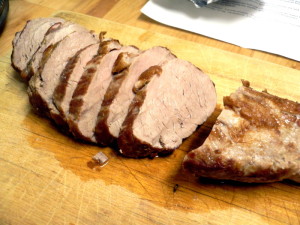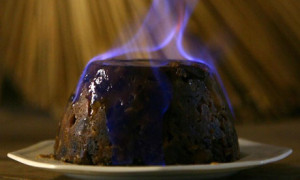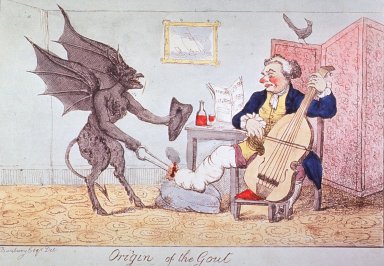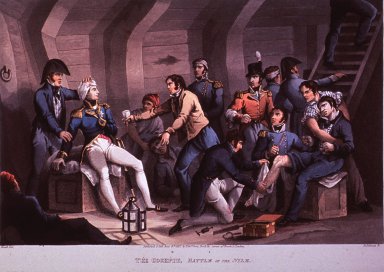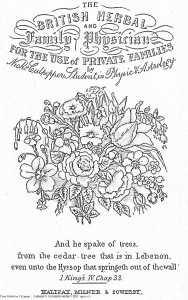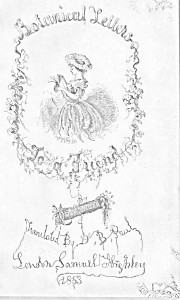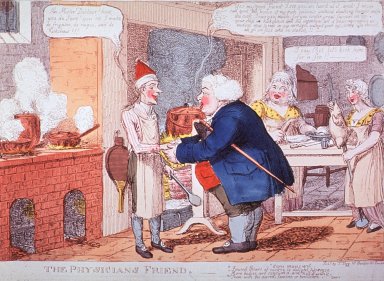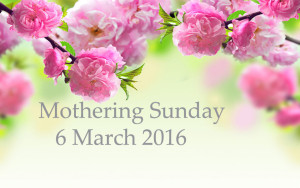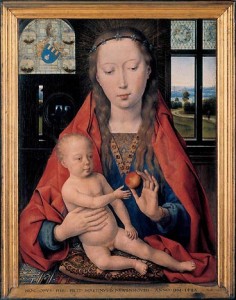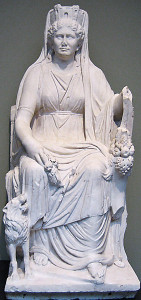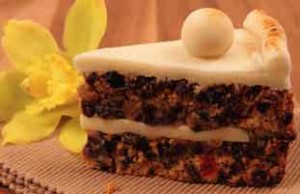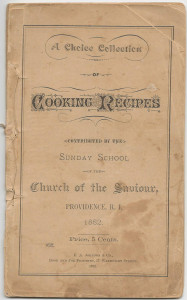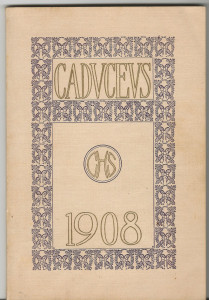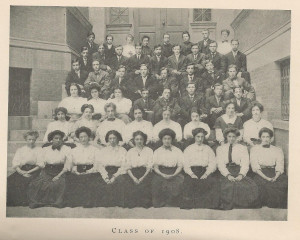The topic on my mind today is excerpts. The reason? A new FREE sampler just released –A Taste of Traditional Regencies— put together by four of my Bluestocking League sisters and me. We’ve made it available in all e-formats through all the major ebook outlets, so we hope you’ll accept this gift from us! ‘Tis the season, and all that…. Maybe you’ll discover a new author to love. (I’ll put the links at the end of this post.) Don’t forget that even if you don’t have an e-reader, you can download Kindle for PC for free from Amazon and read on your computer!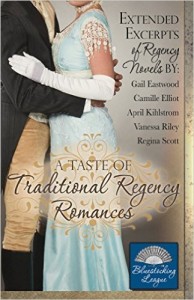
The five of us range from “oldies but goodies” to fairly new authors –even if you’ve already read my updated version of The Captain’s Dilemma, I bet there’s at least one of us you haven’t tried. The “theme” of this collection is first books in a series, or of connected books.
The excerpts in the sampler are extended multi-chapter segments. Mine goes into the start of Chapter 6. We figured if we were giving readers a “taste”, we wanted them to really get a taste! But I would love to know –what do you think about excerpts, in general? Does it frustrate you to get that far and have to buy the book to finish the story? Would you rather get a “whiff” instead of a really good taste –i.e. just a short excerpt, a page or less? A few paragraphs? Or do you prefer to get deeply into the story?
Then I wonder, do excerpts really lead you to purchase books? Has reading an excerpt led you to discover a new author you loved? And then, what makes a good excerpt? For short ones, is it a scene that crackles with great sexual tension? A glimpse of an intriguing character? A cliffhanger incident? Or…?? What do you think?
This is a shorter post than I usually write –I’m pressed for time this week, and wouldn’t be surprised if you are, too, with the holidays approaching! But could you take a moment to respond to some of these questions? The feedback would be wonderful! And don’t forget to grab your free sampler.
Also, I want to remind you that we Riskies put together a sampler a while ba ck, and it is still available to you, right here on our website. Look up there in the bar across the top. See where it says “Sampler”? We didn’t make it available on the regular ebook outlets, as “A Taste” is, but there it is, with eight of us offering samples of our work for free. Maybe this month you don’t have time to read whole novels, anyway? Stories are more lasting than chocolates, right? Try a sampler and maybe add something new to your wish list.
ck, and it is still available to you, right here on our website. Look up there in the bar across the top. See where it says “Sampler”? We didn’t make it available on the regular ebook outlets, as “A Taste” is, but there it is, with eight of us offering samples of our work for free. Maybe this month you don’t have time to read whole novels, anyway? Stories are more lasting than chocolates, right? Try a sampler and maybe add something new to your wish list.
My next post will be on New Year’s Day, so I want to take a moment now to give you my very best wishes for the holiday season, no matter what you celebrate! I love sharing the blog with you –it always feels like sitting down to tea with a group of great friends. May your holidays be blessed with family, friends, and the warmth of loving hearts. Sending out hugs to you all!
Links for the Free Sampler: A Taste of Traditional Regency Romances, excerpts from Regina Scott, April Kihlstrom, Gail Eastwood, Camille Elliot, and Vanessa Riley.
Amazon: http://tiny.cc/073t6x
https://www.smashwords.com/books/view/594638
iBooks: http://tiny.cc/6u4t6x
Kobo: http://tiny.cc/804t6x



